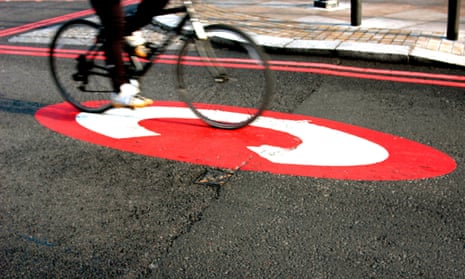Hated by some, loved by others, the London congestion charge has been a divisive issue ever since it was introduced in 2003. Now a new study suggests that it has had one impact that will be welcomed by all: a dramatic decline in accidents.
Research to be presented at the Royal Economic Society’s annual conference later this month found that traffic accidents have fallen in the capital by an astonishing 40% since 2003. The work is the first study of its kind and is likely to be examined closely by other cities that have flirted with the idea of imposing a similar charge.
The £5 charge was hailed as a triumph of economics that forced those contributing to congestion to pay. The resulting fall in traffic confirmed predictions that the charge – increased to £8, then £11.50 – could change motorists’ behaviour.
With fewer cars on the roads in central London, motorists can go faster. This could have increased the risk of accidents. However, the research team led by Professor Colin Green of the economics department at Lancaster University found that the charge has instead resulted in a substantial reduction in the number of accidents and fewer fatalities.
To ensure that their study was fair, the economists also examined accident rates in the most populous 20 cities in Britain outside London.
They found that introducing the charge reduced traffic accidents in central London by 30 a month, “an enormous 40% reduction, matched by similar reductions in those killed or seriously injured”.
The team also examined the rate of accidents – the number that occur per million miles driven in the zone. Prior to the charge, this averaged 12.4. After its introduction, that figure fell by 2.6 accidents per million miles.
Strikingly, the study found that the decline in accidents extended beyond the congestion charge boundaries into adjacent areas, as fewer people drove through them to reach the centre.
They also found that accidents and injuries were reduced outside congestion charge hours, and for exempt vehicles such as bicycles, motorcycles, taxis and buses.
There had been concerns that the charge would lead to more people cycling into central London, with a corresponding increase in accidents. The report’s authors found that this was the case initially. Accidents involving cyclists rose at a rate of roughly 1.5 per month until 2005. However, by the end of 2006 this had reversed, and cycling accidents and fatalities fell.
“It could be partly because there was an increase in inexperienced riding in urban zones,” said Green, who suggested that the charge would not have the same effect on accident rates in all cities. Those without good public transport systems, for example, would see little displacement in traffic.
The findings raise the question of whether Manchester, which voted against introducing a charge, would have experienced a similar fall in accidents. “Would Manchester have seen this effect? My suspicion is yes,” Green said.
